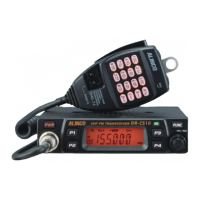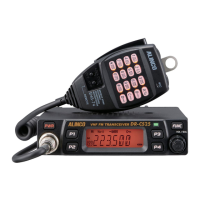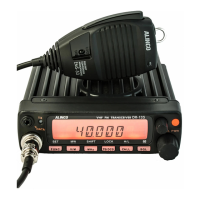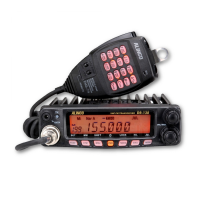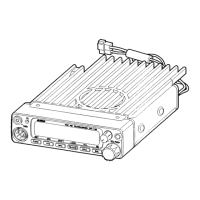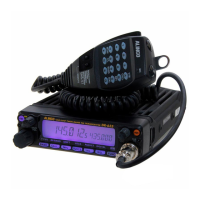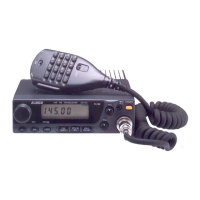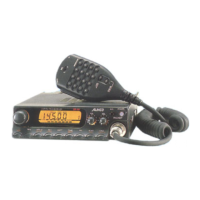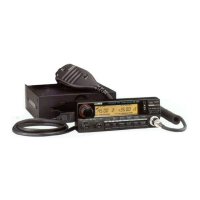Introduction
Thank you very much for purchasing this excellent Alinco transceiver.
Our products are ranked among the finest in the world. This radio has
been manufactured with state of the art technology and it has been tested
carefully at our factory. It is designed to operate to your satisfaction for
many years under normal use.
Please read this manual completely from the first page to the
last, to learn all the functions the product offers. It is important to
note that some of the operations may be explained in relation to
information in previous chapters. By reading just one part of the
manual, you may risk not understanding the complete explanation
of the function.
Before transmitting
There are many radio stations operating in proximity to the frequency
ranges this product covers. Be careful not to cause interference when
transmitting around such radio stations.
■
Electromagnetic Interference/Compatibility
During transmissions, your radio generates RF energy that can
possibly cause interference with other devices or systems. To avoid
such interference, turn off the radio in areas where signs are posted to
do so. DO NOT operate the transmitter in areas that are sensitive to
electromagnetic radiation such as hospitals, aircraft, and blasting sites.
■ Ultra compact, Output power selectable 60W/25W/10W
■ PC-programmable 200ch
■ Alphanumeric name tags
■ Wide variety of selective calling features built-in; The
2-Tone, 5-Tone, 51 CTCSS, 1024 DCS, 4 Tone-burst tones
and DTMF/ANI decode
■ Radio stun/kill/revive functions to protect your
communication security
■ Bright LCD and easy-to-operate backlit
■ Multi-function, backlit microphone enables direct
frequency entry & more from keypads
■ Various scan modes, Key lock, Wide/Narrow operations
Features
